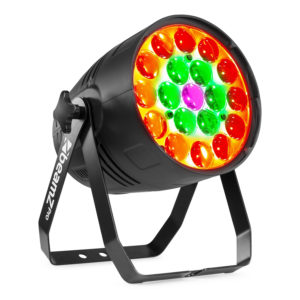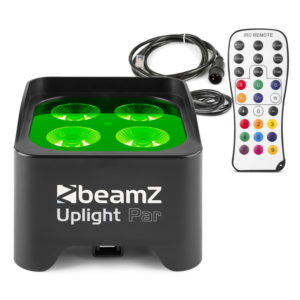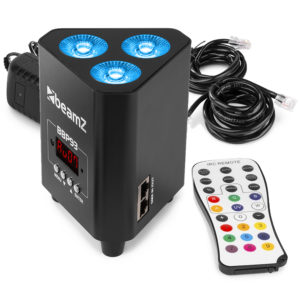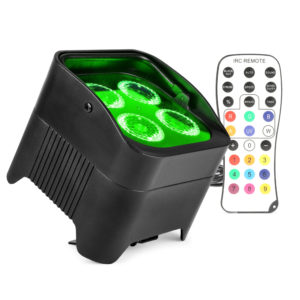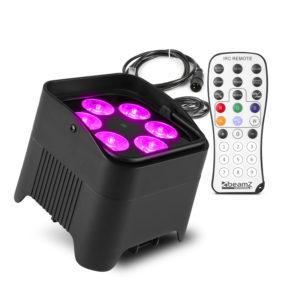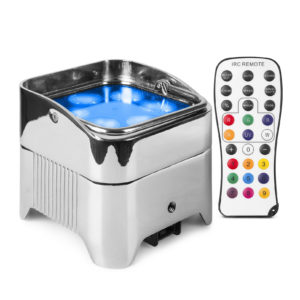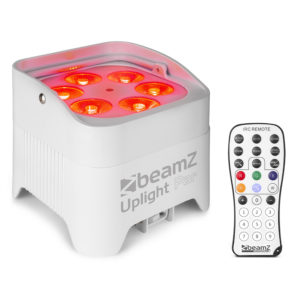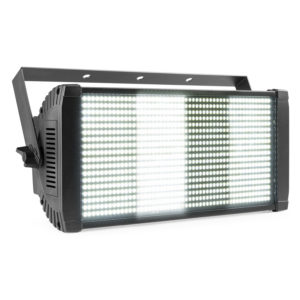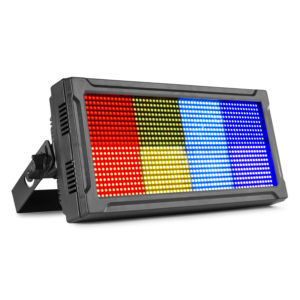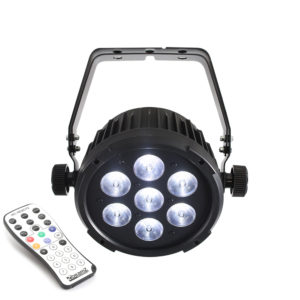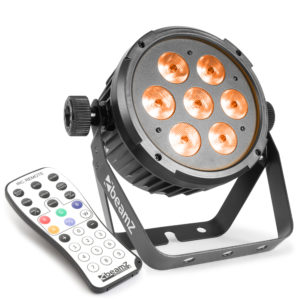Theatre Lighting
Theatre lighting is a crucial element in creating an unforgettable performance. The right lighting can set the mood, highlight key performers, and help to convey the narrative of the production. A well-designed lighting plan can transform a stage and make it come alive, drawing audiences into the world of the performance. We offer a wide range of theatre lighting options, from fixtures and accessories to complete lighting systems, to meet the unique needs of any production.
Theatre lighting, also known as theatrical lighting, involves the use of various lighting techniques and equipment to achieve the desired visual effects on stage. It includes everything from the basic stage lighting to complex lighting designs that require precise coordination and timing.
Theatrical lighting design is a complex and intricate process that requires careful planning and execution. Our lighting specialists are available to assist you with every aspect of your project, from design to installation. Whether you need a complete lighting system or just a few fixtures, we can help you achieve your vision and create an unforgettable performance.
Our theatre lighting options include a wide range of fixtures, including spotlights, floodlights, and moving head lights. Our selection of theatrical lighting accessories includes gobos, filters, and lenses to help you create the perfect atmosphere for your performance. Our lighting systems are designed to be easy to use and can be customized to fit the needs of any production.
Stage Lighting
Professional stage lighting involves the use of high-quality equipment, advanced lighting techniques, and experienced lighting designers to create a visually stunning production. Professional lighting designers are experts in creating lighting designs that not only enhance the performance but also contribute to the overall experience of the audience.
Theatre lighting design is the process of planning and implementing the lighting for a theatrical production. It is a collaborative effort between the lighting designer, director, and other members of the production team. The lighting designer is responsible for designing and implementing the lighting for the production, taking into account the script, set design, costumes, and other factors that may affect the lighting design.
The basic types of theatrical lighting are front light, back light, and side light. Front light is the most common type of theatre lighting and involves illuminating the performers from the front. Back light is used to create depth and dimension on stage, while side light is used to create shadows and enhance the overall mood of the performance.
In addition to the basic types of theatre lighting, there are several advanced techniques that can be used to create complex lighting designs. One such technique is colour mixing, which involves combining different coloured lights to create new colours and visual effects. Another technique is gobos, which are stencil-like devices used to create patterns and shapes with light.
Theatrical Lighting
Professional stage lighting often involves the use of automated lighting equipment, such as moving lights and LED lights. These types of equipment allow for precise control over the position, intensity, and colour of the lights, which can be synchronized with other elements of the production to create a seamless and immersive experience for the audience.
The importance of theatre lighting cannot be overstated, as it has a significant impact on the overall experience of a theatrical production. A well-designed lighting plan can enhance the mood and atmosphere of a performance, draw attention to the most important parts of the play, and create a sense of drama and excitement.
Theatre lighting is an essential part of any theatrical production, and professional stage lighting can take a performance to the next level. A well-designed lighting plan can enhance the overall experience of a play or musical, and skilled lighting designers are experts in creating visually stunning productions that leave a lasting impression on the audience. Whether it's the basic stage lighting or the advanced techniques of colour mixing and gobos, theatre lighting is a vital component of any successful theatrical production.
Frequently Asked...Which lights are used in the theatre?
Theatre lighting relies on a variety of lights to create the desired atmosphere and enhance performances. Some commonly used lights include spotlights, which produce a focused and intense beam of light that can be directed to highlight specific areas or actors on stage. Floodlights provide a broad, even wash of light to illuminate larger areas of the stage. Fresnel lights offer a softer and more diffused beam, useful for general lighting and creating gentle washes of colour.
Additionally, PAR (parabolic aluminized reflector) lights are versatile fixtures that can produce a wide range of colours and be used for both general and effect lighting. LED lights have gained popularity due to their energy efficiency, flexibility, and ability to produce a wide spectrum of colours. Each type of light plays a crucial role in shaping the visual experience and conveying the intended mood and ambience in the theatre.
What is lighting used for in the theatre?
Lighting in the theatre serves multiple purposes and plays a vital role in creating the desired atmosphere, enhancing visibility, and conveying the intended mood of a production. It helps define the stage space, highlighting actors, props, and scenery. By controlling the direction, intensity, and colour of light, different emotions, settings, and dramatic effects can be achieved.
Lighting can establish the time of day, evoke specific locations, create shadows, or simulate natural phenomena like thunder and lightning. It also assists in guiding the audience's attention, emphasising important moments, and establishing visual compositions. In summary, theatre lighting is a powerful tool that contributes to the overall aesthetic and storytelling aspects of a performance.
How do you light a theatre stage?
Lighting a theatre stage combines artistry and technical skill, the process involves various steps. The lighting designer creates a lighting plot to outline the lights to be used. Lighting instruments are then positioned and focused, mounted on grids, catwalks, or the floor. Angles and positions are adjusted for coverage and effects.
Lights connect to a control system, like a lighting console, for precise control over intensity, colour, and movement. Collaborating with the production team during rehearsals, the lighting designer refines cues and transitions. Then through the show the whole lighting team ensures they hit their cues to light the stage and create ambiance.
What makes good stage lighting?
Good stage lighting is essential for enhancing a theatrical production in several ways. Firstly, it ensures clear visibility of actors, props, and set pieces without harsh shadows or glare. Additionally, it plays a crucial role in creating a balanced stage by strategically placing lights and highlighting focal points, thereby creating visually pleasing compositions.
Lighting has the power to shape the emotional tone and atmosphere of a scene, evoking specific settings, time periods, and emotions. Dynamic lighting design utilises various lighting states, effects, and transitions to support the narrative and dramatic elements. Technical excellence is necessary in positioning, cue execution, and lighting control systems. Ultimately, good stage lighting engages the audience, enhances performances, and creates an immersive theatrical experience.
How does lighting affect the mood in the theatre?
Lighting plays a crucial role in shaping the mood and atmosphere in the theatre. The strategic use of lighting techniques can evoke various emotions and enhance the overall theatrical experience. Bright and vibrant lights can create a lively and energetic ambiance, perfect for upbeat scenes or musical performances.
Conversely, dim or soft lighting can set a more intimate, mysterious, or sombre tone, suitable for dramatic or emotional moments. Lighting can also highlight specific actors, objects, or areas of the stage, drawing the audience's attention and intensifying the focus. By manipulating colours, intensity, and direction, lighting design in the theatre becomes a powerful tool for conveying emotions, establishing a sense of time and place, and immersing the audience in the world of the performance.
Is theatre lighting expensive?
The cost of theatre lighting can vary depending on various factors such as the complexity of the production, the scale of the theatre, and the specific lighting equipment and technology used. Generally, theatre lighting can be a significant expense as it involves the purchase of lighting fixtures, control consoles, cables, and other accessories.
Additionally, there are ongoing costs related to maintenance, energy consumption, and the employment of skilled lighting technicians or designers. However, advancements in LED technology have led to more energy-efficient and cost-effective lighting options in recent years. Ultimately, the overall expense of theatre lighting is subjective and can be managed through careful planning, budgeting, and resource allocation.


 2 Years Warranty
2 Years Warranty 60 Day Returns
60 Day Returns
